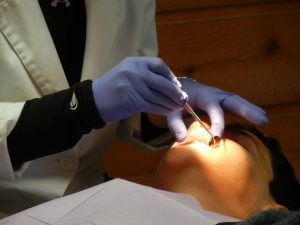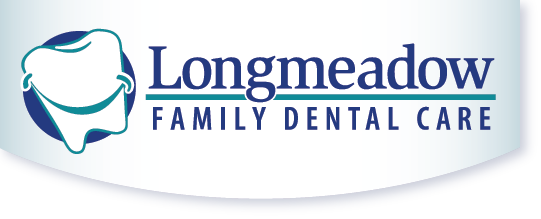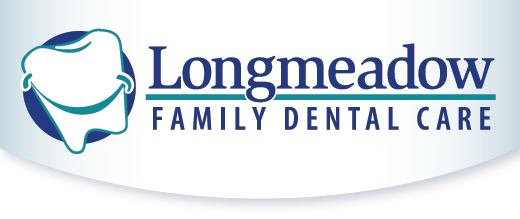Discovering the Different Types of Braces

Few people are born with perfectly straight teeth. Luckily for you and your children, there are many types of braces that can help correct teeth alignment. Orthodontic treatment can have a huge impact on your oral health and confidence. Your orthodontist and dentist may recommend any of the following different types of braces to help correct your alignment issues.
Traditional Metal Braces
Metal braces are the most common type of braces made from high-grade stainless steel brackets and wires that attach to each tooth using a special type of cement.. Today’s metal brackets are noticeably smaller than the large brackets used over 20 years ago.
Pros: Least expensive; Most effective; Colored bands allow for self expression
Cons: Most noticeable type of braces; Restrict diet (no hard candy or sticky foods)
Lingual Braces
This particular type of braces use the same brackets and wires as metal braces, but installs the brackets and wires on the inside of the teeth to keep them hidden from the outside.
Pros: Concealed from outside
Cons: Hard to clean; More expensive; Less effective for some severe cases; Longer routine adjustments compared to traditional braces
Ceramic Braces
Ceramic braces mock the size and shape of metal braces, but they use neutral-colored or clear brackets designed to blend into your teeth.
Pros: Less noticeable than metal braces; More effective and timely than Invisalign
Cons: More costly than metal braces; Susceptible to staining from certain food and beverages
Invisalign
Invisalign consists of a range of custom-made, clear plastic aligners that resemble mouth guards. The trays are removable for eating and cleaning, and they are replaced every two weeks.
Pros: Nearly invisible; Allow for easy removal when necessary
Cons: Not effective for serious misalignment cases; Only available for adults and teens; More expensive option; Requires rigorous brushing after eating to prevent staining
Be sure to have your child evaluated for orthodontics by age 7 to detect misalignment and growth issues early on. Most children will not begin treatment until they are between 9-15 years old. It is important, however, to seek treatment while growth is still occurring because it can be a longer, more intense process to treat teeth that have stopped growing. If you have questions about the different types of braces or seek a professional examination, make an appointment with your Longmeadow dentist today.

